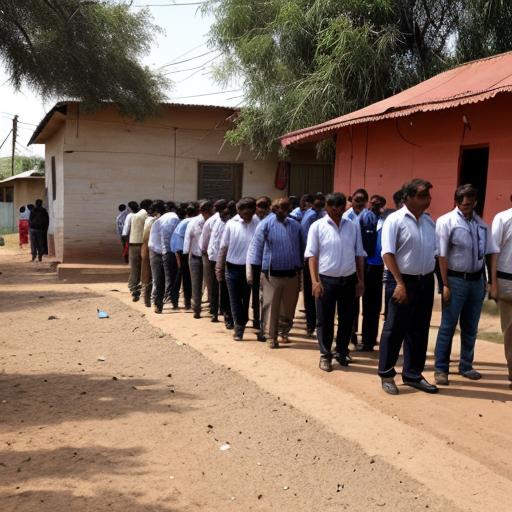Introduction:
In the vibrant tapestry of Indian politics, inclusivity is not just a principle but a vital necessity. This blog explores strategies employed by political leaders and organizations to bridge gaps and ensure meaningful outreach to disadvantaged communities, fostering a more equitable and representative democratic process.
Understanding Disadvantaged Communities
1. Identification and Sensitivity:
Explore the importance of accurately identifying disadvantaged communities and adopting a sensitive approach to understand their unique challenges and aspirations.
2. Diverse Dimensions of Disadvantage:
Discuss the multifaceted nature of disadvantage, encompassing economic, social, educational, and cultural dimensions that influence community dynamics.
Grassroots Engagement
3. Community-Centric Approach:
Highlight the significance of adopting a community-centric approach, engaging with local leaders, and understanding the pulse of grassroots issues.
4. Panchayati Raj Institutions: Empowering Local Governance:
Discuss the role of Panchayati Raj Institutions in empowering local governance and serving as effective platforms for understanding and addressing community needs.
Tailored Policy Solutions
5. Customized Policy Frameworks:
Examine the need for customized policy frameworks that address the specific challenges faced by disadvantaged communities, ensuring inclusivity in governance.
6. Economic Empowerment Initiatives:
Explore strategies for implementing economic empowerment initiatives, including skill development programs and access to entrepreneurial opportunities.
Education and Skill Development
7. Education Accessibility:
Discuss measures to enhance education accessibility, including the establishment of schools, scholarships, and mentorship programs tailored to the needs of disadvantaged communities.
8. Skill Development for Employment:
Highlight the importance of skill development programs that equip individuals from disadvantaged communities with the tools needed for gainful employment.
Cultural Sensitivity and Representation
9. Cultural Sensitivity in Communication:
Explore the role of cultural sensitivity in communication, ensuring that political messaging respects and resonates with the cultural nuances of disadvantaged communities.
10. Representation in Decision-Making:
Discuss the importance of ensuring representation from disadvantaged communities in decision-making bodies, fostering a more inclusive and diverse political landscape.Grassroots Awareness Campaigns
11. Awareness Through Local Initiatives:
Explore the effectiveness of grassroots awareness campaigns, utilizing local languages and mediums to disseminate information and foster political literacy.12. Use of Technology for Outreach:
Discuss the role of technology in outreach, leveraging digital platforms to connect with disadvantaged communities and disseminate information effectively.Collaboration with NGOs and Civil Society
13. Partnerships with NGOs:
Highlight the value of partnerships with non-governmental organizations (NGOs) and civil society groups to amplify the impact of initiatives aimed at disadvantaged communities.14. Capacity Building:
Discuss strategies for capacity building within disadvantaged communities, empowering individuals to actively participate in the political process and governance.Monitoring and Feedback Mechanisms
15. Feedback Loops:
Explore the implementation of feedback mechanisms, ensuring that initiatives are responsive to the evolving needs of disadvantaged communities and fostering a culture of continuous improvement.16. Impact Assessment:
Discuss the importance of regularly assessing the impact of policies and initiatives, with a focus on tangible improvements in the lives of individuals from disadvantaged communities.Conclusion
“Inclusivity in Action” invites readers to delve into the proactive strategies employed in Indian politics to reach out to disadvantaged communities. From grassroots engagement and tailored policy solutions to education, cultural sensitivity, and collaboration with NGOs, this blog celebrates the ongoing efforts to create a more inclusive, representative, and equitable political landscape in India.”

